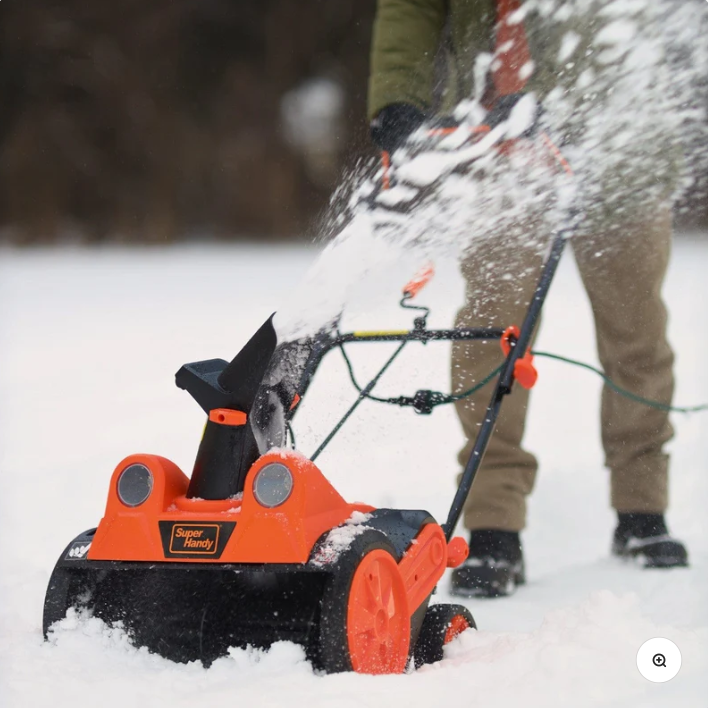
Picture this: you wake up and see heavy snow outside. Your driveway is covered, and you know you must clear it soon. You want an electric snow thrower that is easy to use. It should be quiet and good for the environment. Electric snow throwers now make up over 30% of the market. This is because they do not make emissions, are quieter, and are simple to use. Many homeowners like these for snow removal. They work quietly, help the planet, and make snow clearing less hard. With an electric snow thrower, you can clear snow without waking your neighbors. If you have big snow piles or icy spots, it can help. If you need to clear snow fast, it is a good choice. Picking an electric snow thrower helps you get ready for winter’s worst.
Why Choose an Electric Snow Thrower?
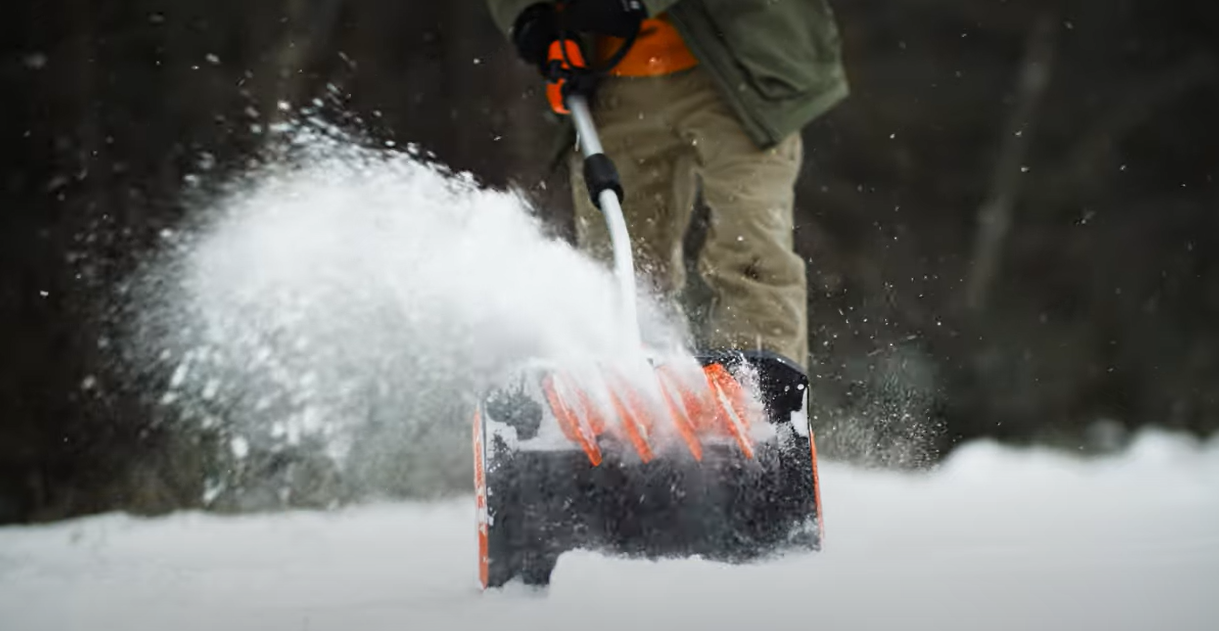
Eco-Friendly Benefits
You want a snow blower that is good for the earth. Electric snow blowers do not make smoke or fumes. Using one helps keep the air clean near your house. Gas snow blowers can pollute as much as driving a car for a long time. Electric models do not let out bad gases like carbon monoxide or nitrogen oxides. This helps you and your neighbors breathe better in winter.
Electric snow blowers have no direct emissions.
They make about half as much CO2 as gas models over their life, even with electricity use.
Gas snow blowers can add up to 87 pounds of CO2 each winter, but electric ones do not.
Every time you use an electric snow blower, you help cut air pollution.
If you care about nature, battery-powered snow blowers are a smart pick. You can clear snow and feel proud of your choice.
Ease of Use
Snow can pile up quickly, but you want a snow blower that is simple to use. Electric snow blowers are lighter than gas ones. You do not need to worry about oil, fuel, or spark plugs. Just press a button to start clearing snow.
Here is a quick look at how electric snow blowers compare to gas-powered ones:
Feature |
Electric Snow Throwers |
Gas-Powered Snow Throwers |
|---|---|---|
Ease of Use |
One-button start |
More steps to start |
Maintenance |
Needs little care |
Needs oil and fuel checks |
Starting Mechanism |
Starts right away |
Needs manual starting |
Size and Portability |
Small and easy to move |
Bigger and harder to store |
Suitability for Beginners |
Great for new users |
Can be hard for beginners |
You can use battery-powered snow blowers early in the morning without waking anyone. They are quiet, so you can clear snow before work or school. Most people find electric snow blowers easy and handy. You spend less time fixing them and more time enjoying winter.
How to Pick the Right Snow Blower
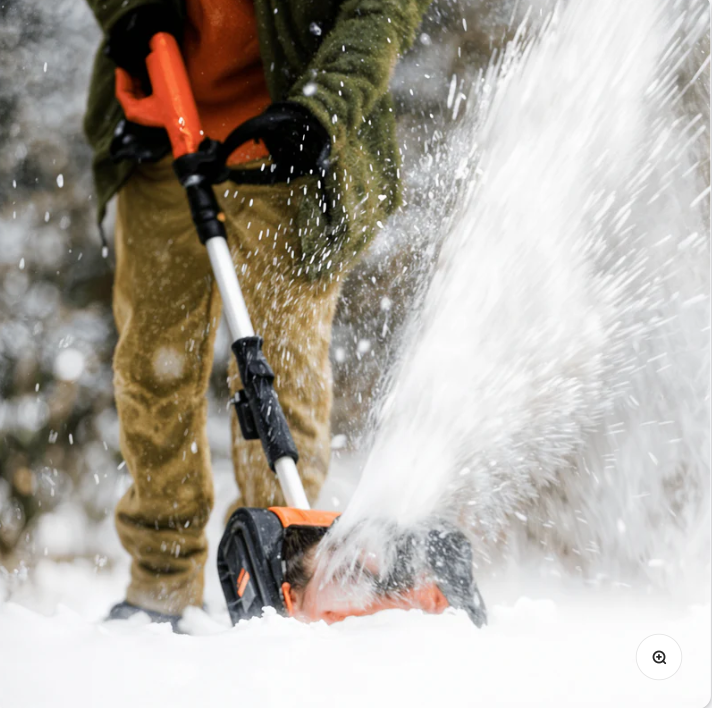
Snow Depth & Type
When you start shopping for a snow blower, you want to think about the kind of snow you get and how much usually falls. Some places get light, fluffy snow, while others get heavy, wet snow that sticks together. The type and amount of snow can change which snow removal tool works best for you.
Here’s what you should look at:
Snowfall Amount and Type: If you get heavy, wet snow, you need a snow blower with more power. Lighter snow means you can use a smaller machine.
Clearing Width and Intake Height: These numbers tell you how much snow the snow blower can clear at once and how deep it can go. Pick a snow blower that matches your driveway size and the usual snow depth.
Power Source: You can choose from corded, battery-powered, or even gas models. Electric snow blowers are popular now because they are easy to use and better for the environment.
Most electric snow blowers can handle snow up to 1 foot deep without trouble. Many models can clear 2 feet of snow, and some users say they have tackled snow up to 30 inches. If you face 4-foot drifts, you might need to go slower or make several passes. You want a snow blower that matches your local weather so you don’t get stuck outside in a blizzard.
Tip: If you expect heavy snow, look for a snow blower with a higher intake height and wider clearing path. This saves you time and effort.
Surface Considerations
The surface you need to clear matters a lot. Paved driveways are easy for most snow blowers, but gravel or uneven paths need special attention. Electric snow blowers work differently depending on the ground.
If you have a gravel driveway, you should avoid a single-stage snow blower. These machines scoop up everything, including rocks, and throw them out with the snow. That can damage your property or hurt someone. For gravel or uneven surfaces, a two-stage snow blower or even a three-stage snow blower works better. These snow blowers sit a bit above the ground, so they don’t pick up rocks. They also handle hills and slopes well.
Two-stage snow blowers are great for gravel and pavement.
Self-propelled models help you move easily over uneven ground.
If you have steep slopes, these snow blowers give you better control.
If you only have a smooth, paved driveway, a single-stage snow blower is fine. It’s light, easy to push, and perfect for flat surfaces.
Corded vs. Battery
You have two main choices for electric snow blowers: corded or battery-powered. Each type has its own strengths.
Feature |
Battery-Powered Snow Throwers |
|
|---|---|---|
Power Source |
Plugged into an outlet for consistent power |
Powered by rechargeable lithium-ion batteries |
Runtime |
Unlimited as long as plugged in |
Typically 30 to 60 minutes per charge |
Maneuverability |
Limited by cord length |
Greater freedom of movement without cords |
Snow Handling Capability |
Generally single-stage, may struggle with heavy snow |
Designed for moderate snowfalls, competitive power |
Corded snow blowers never run out of power, but you have to deal with the cord. You need to watch out for tangles and make sure the cord reaches everywhere you need to clear. Battery-powered snow blowers give you more freedom. You can move around easily, and you don’t have to worry about tripping over a cord. Most batteries last 30 to 60 minutes, so you need to finish before the battery runs out or have a spare ready.
Battery life matters a lot if you live where snow falls for hours. Longer runtimes and fast charging make snow removal easier. If your battery runs out too soon, you might have to wait to finish the job. Think about how much snow you get and how long it takes to clear your driveway.
Note: If you have a big area to clear or expect long snowstorms, consider a snow blower with a high-capacity battery or keep an extra battery charged.
You want the right snow thrower for your home. Start by checking how much snow falls and what kind of snow you get. Match the snow thrower’s power and features to your driveway and snow depth. Use a checklist to compare snow models. Read reviews from trusted sources before you buy your snow thrower.


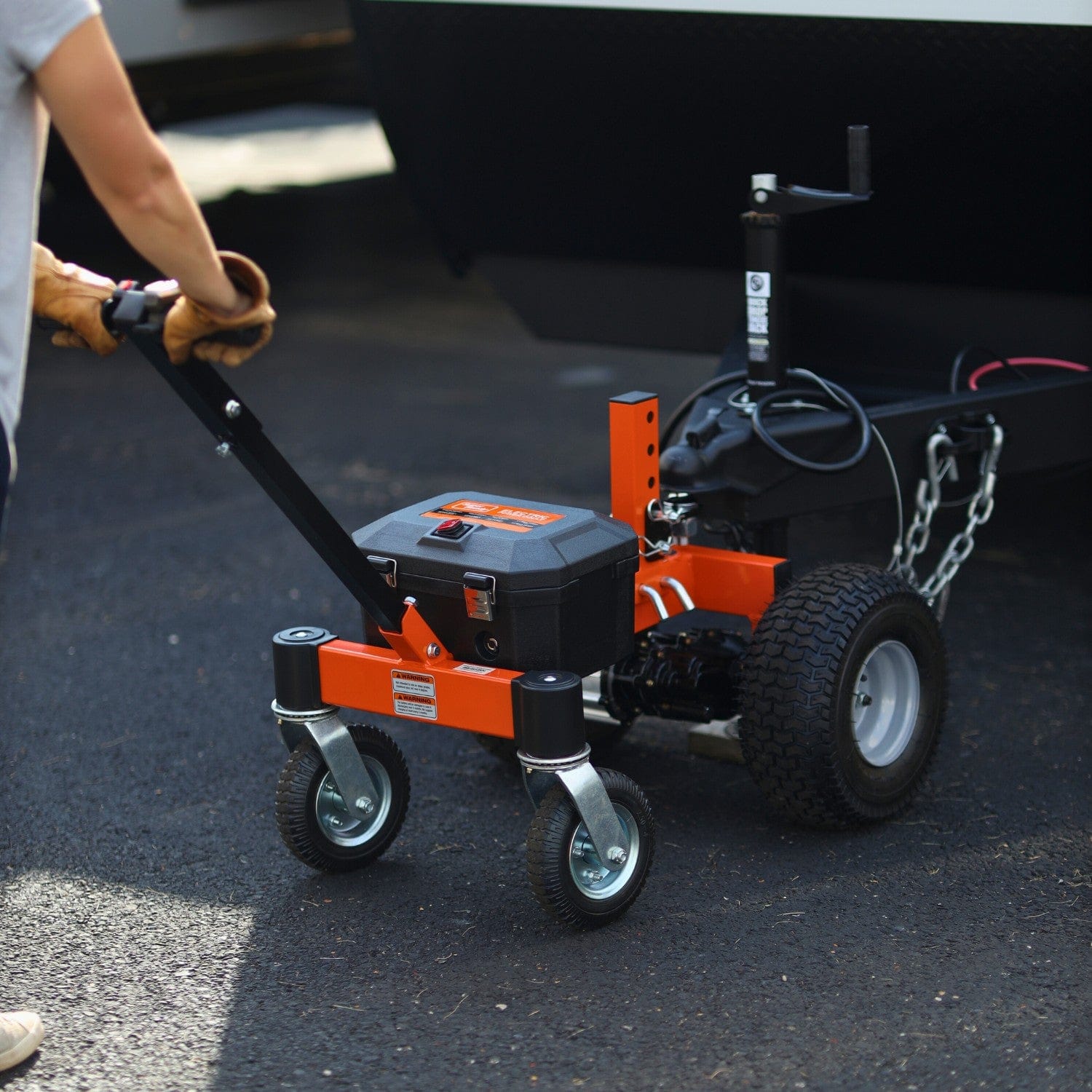
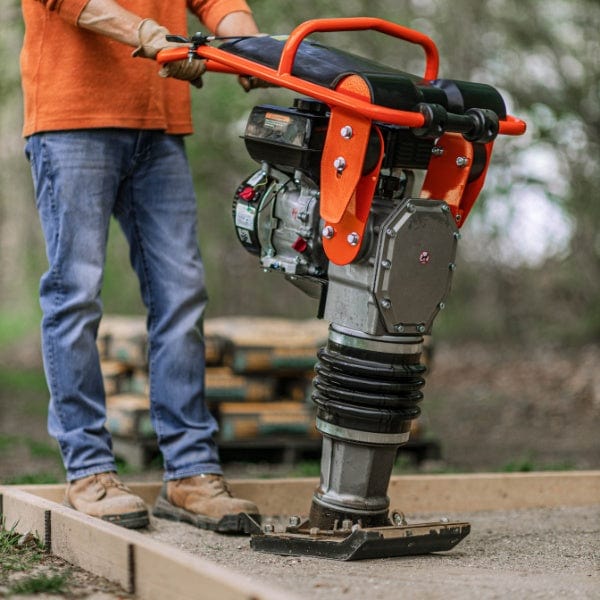
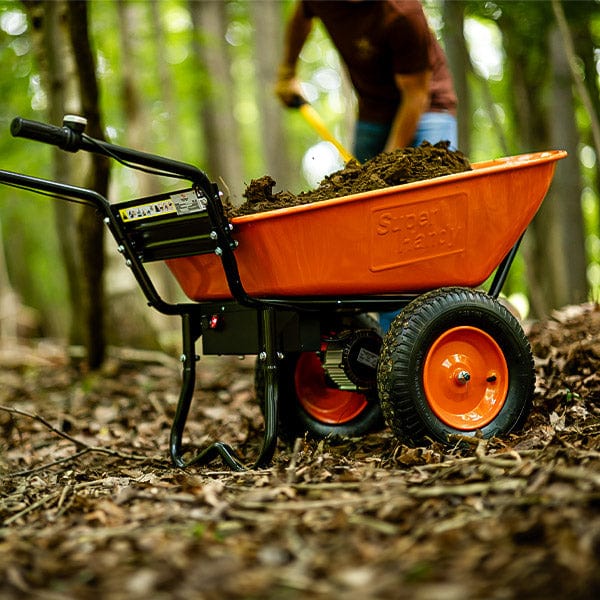


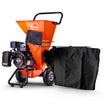
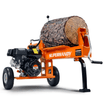

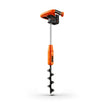
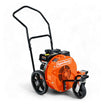
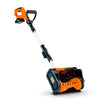
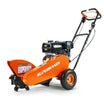
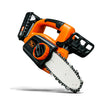
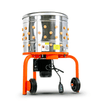
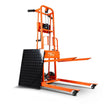
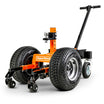
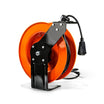
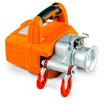
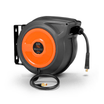

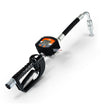
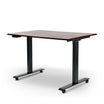
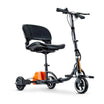
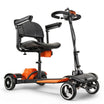
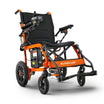



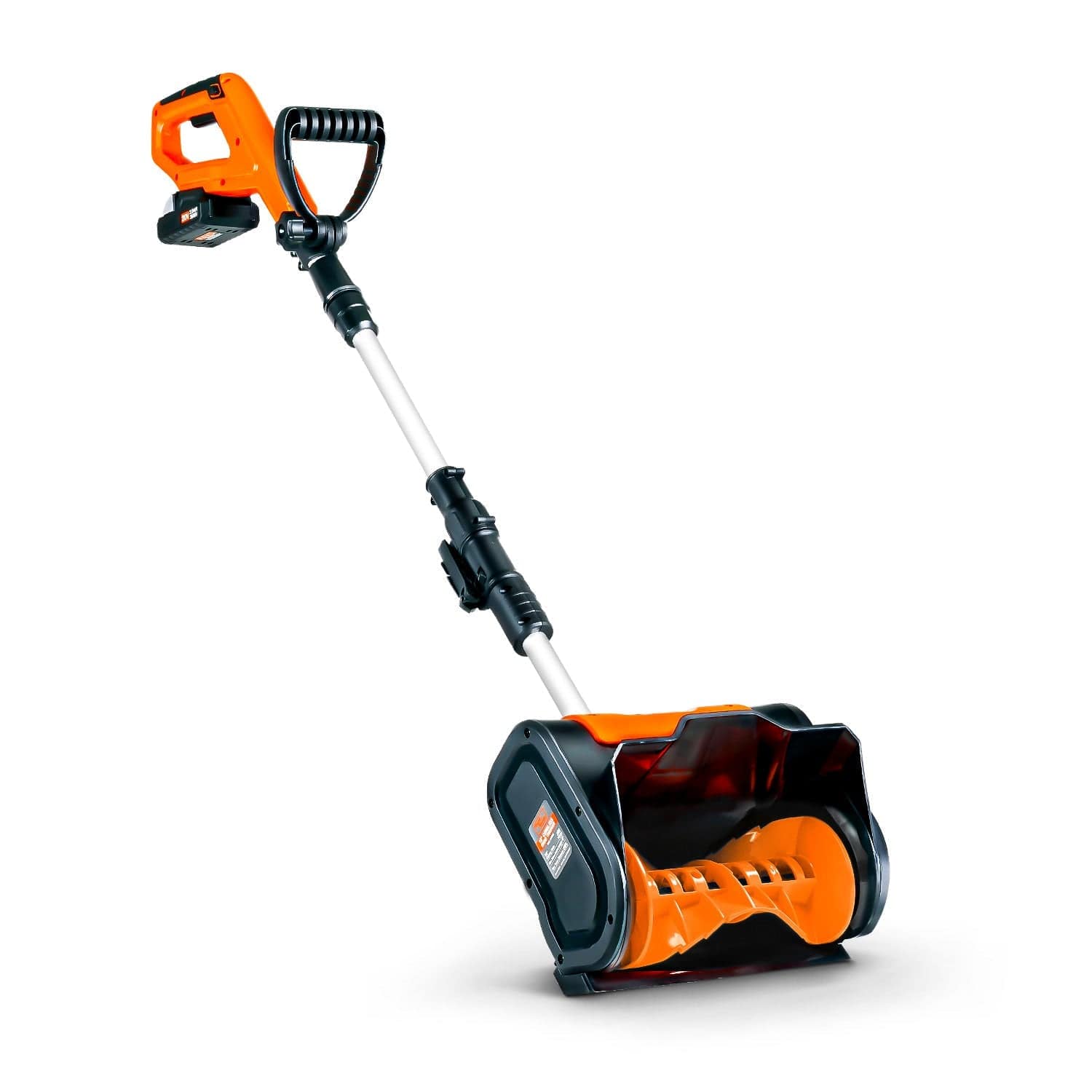
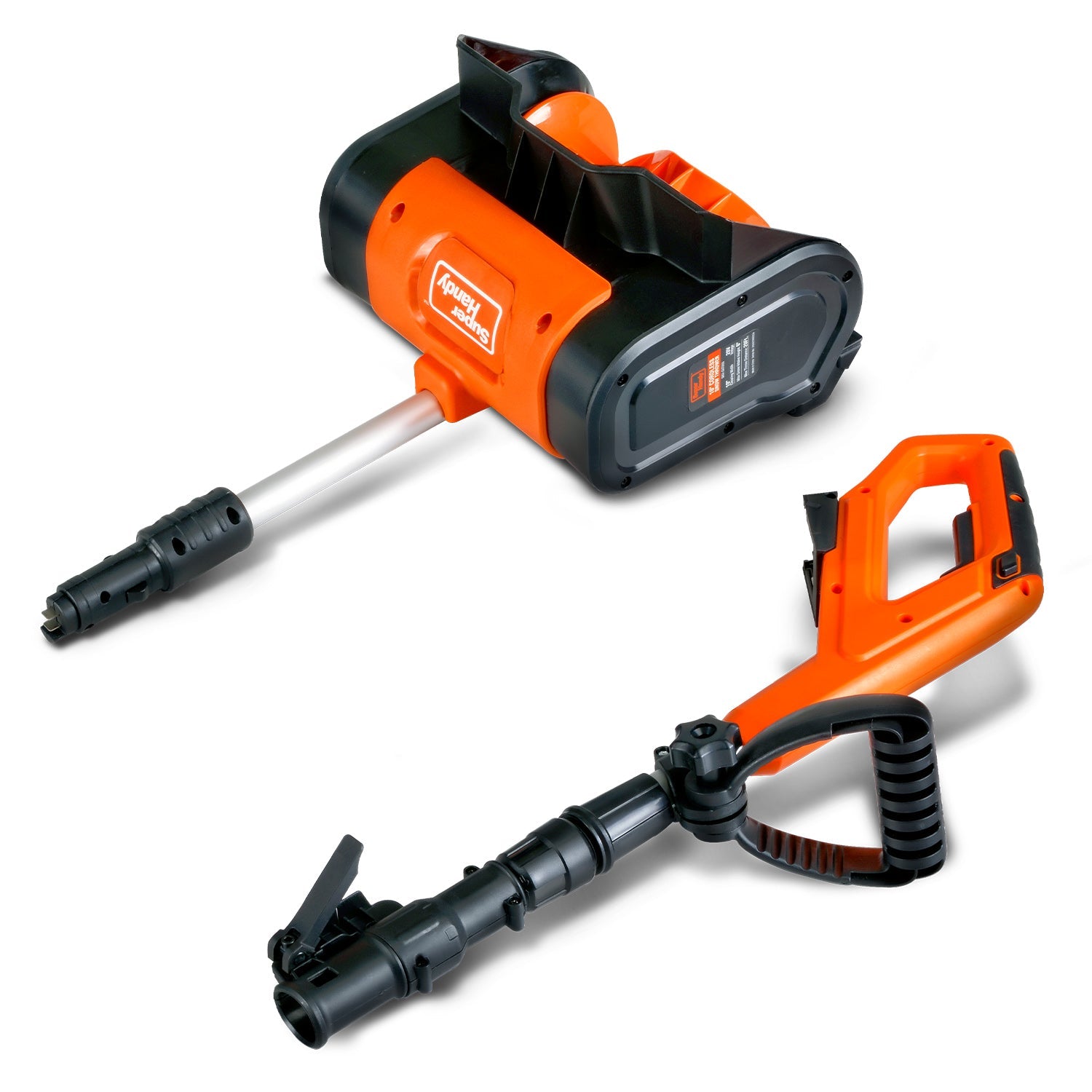
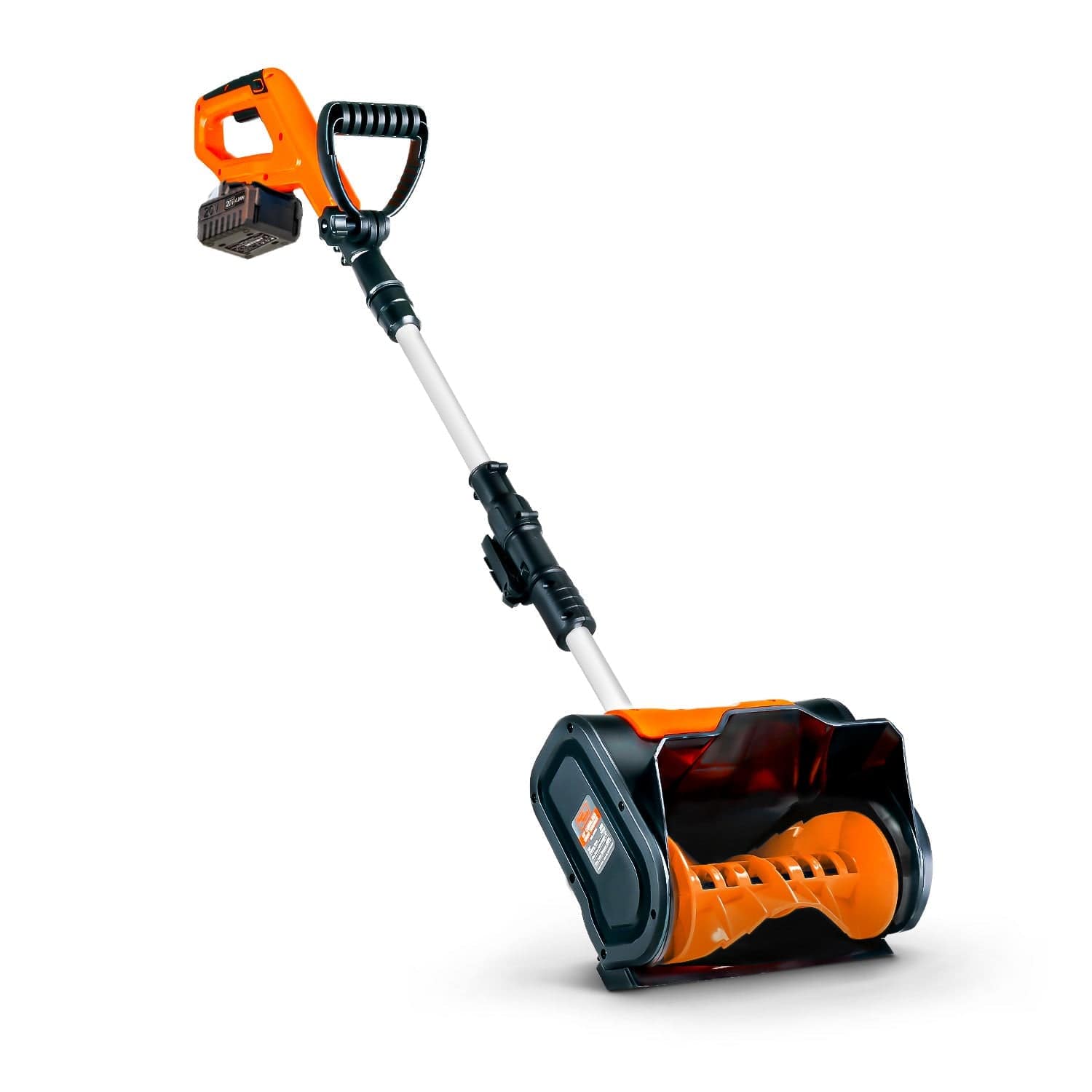
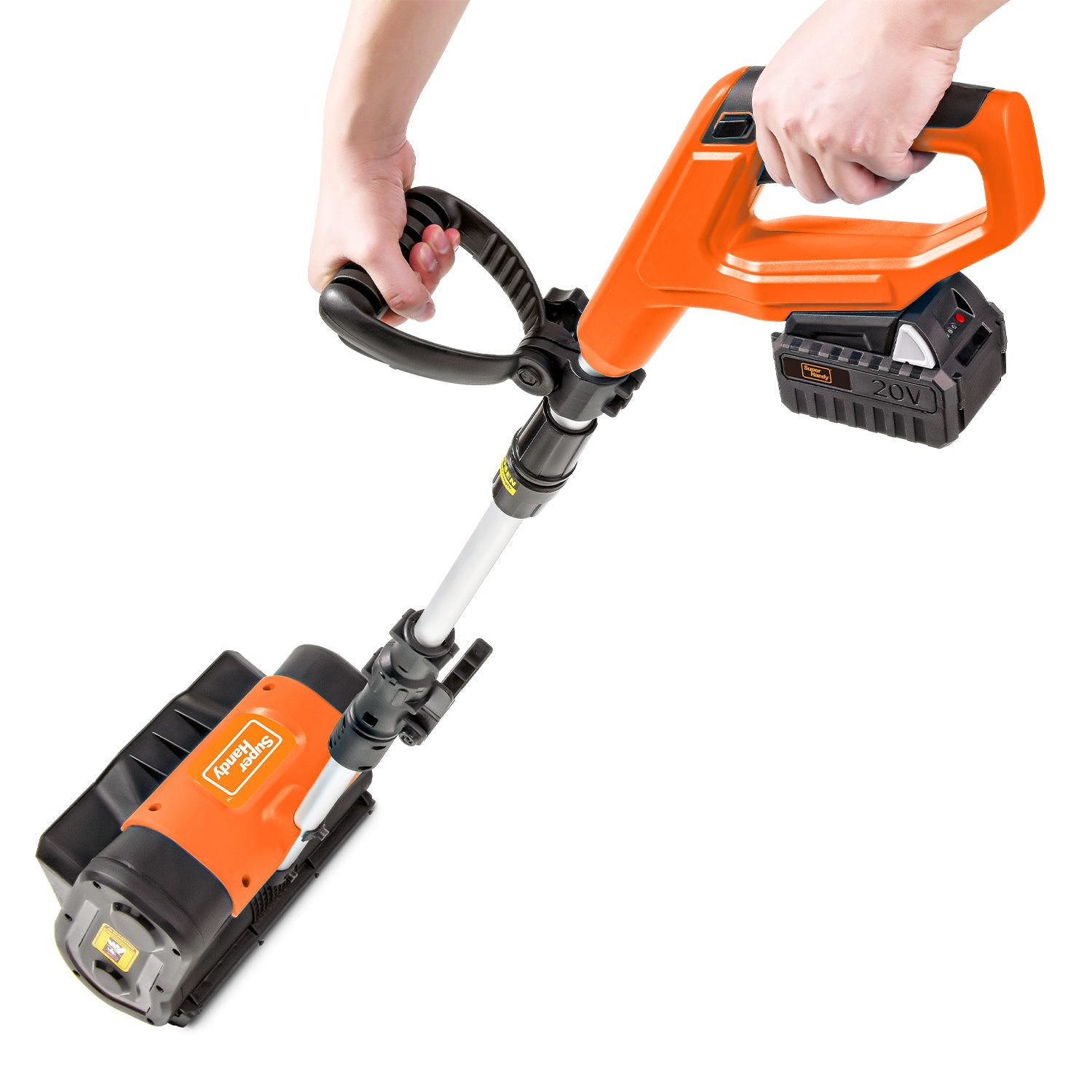
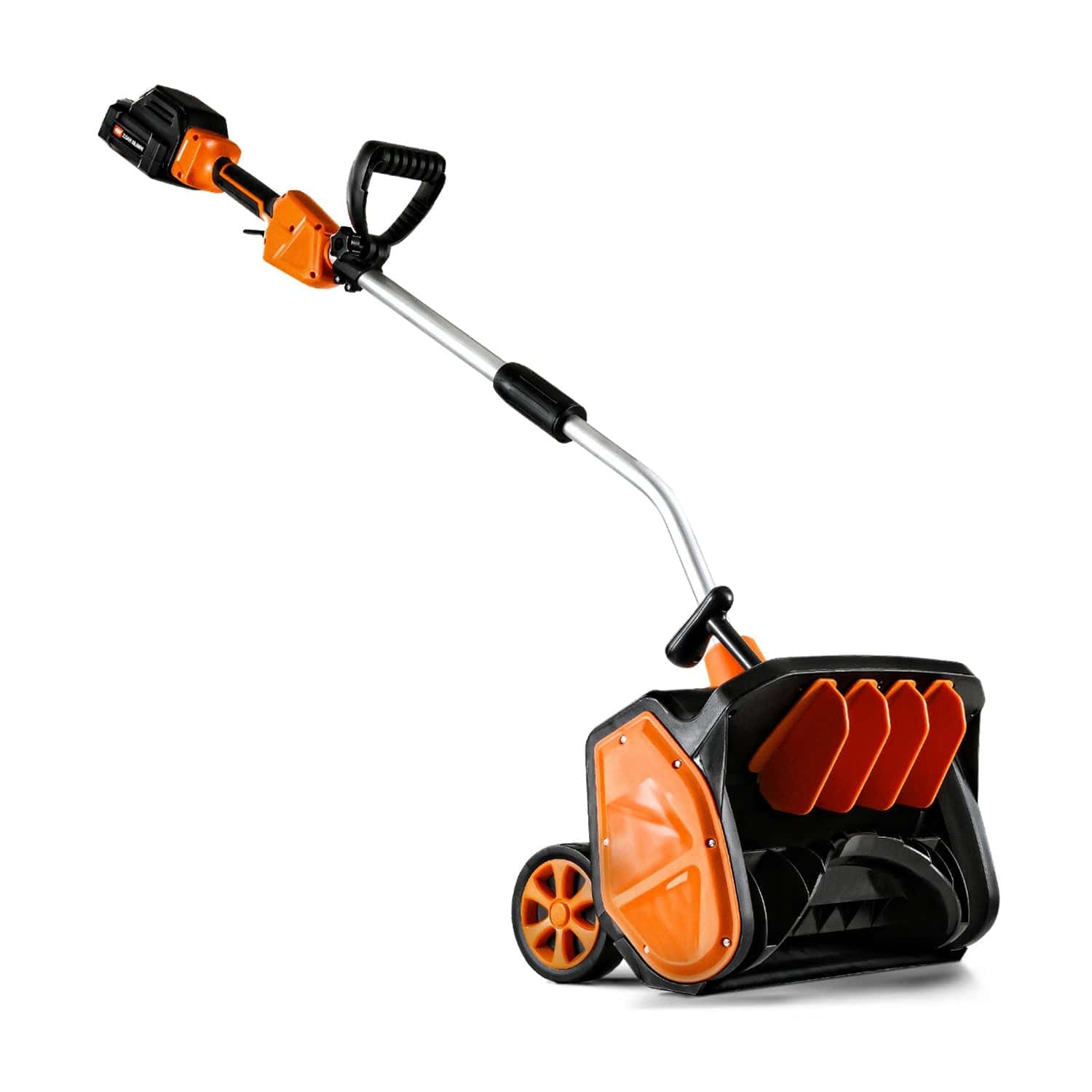
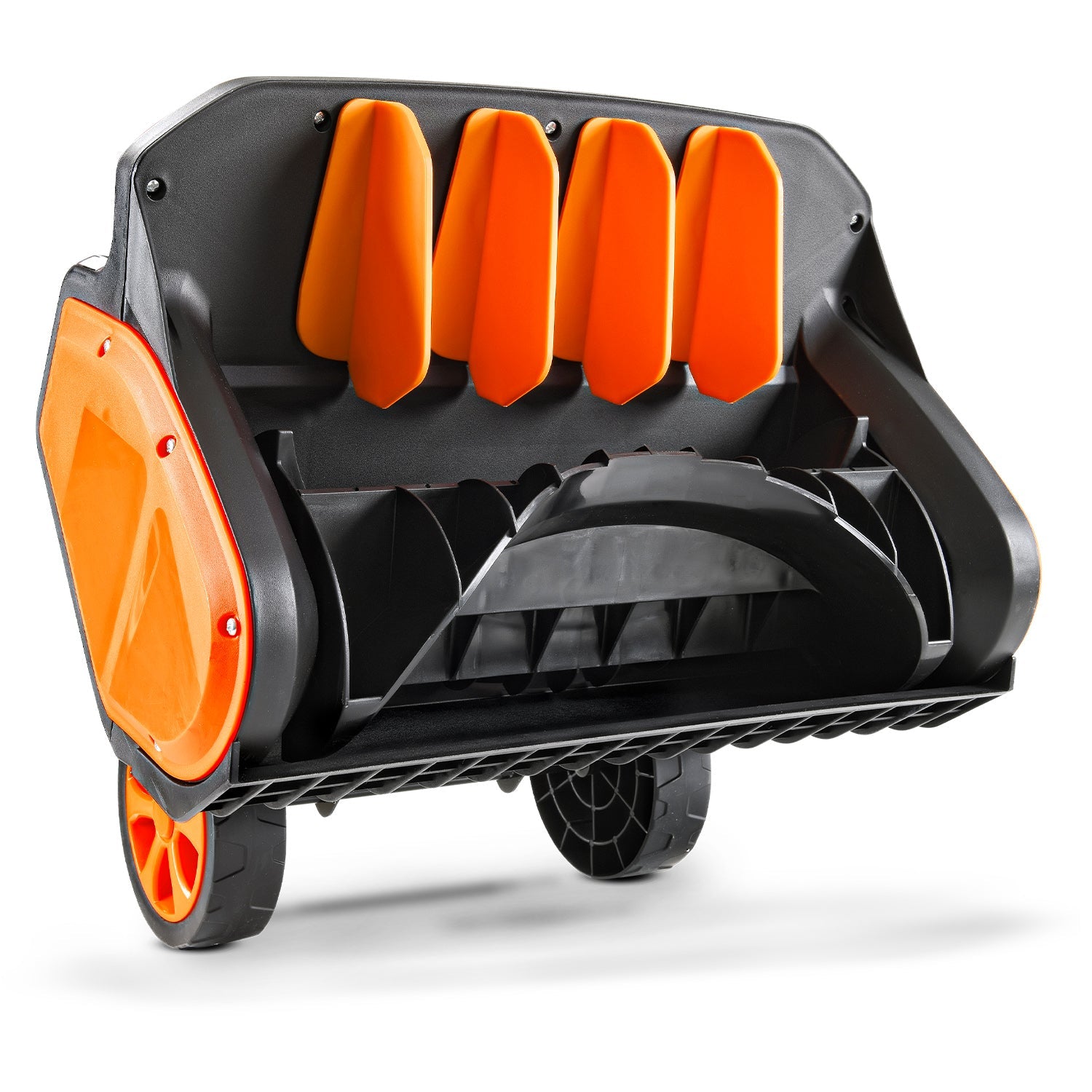
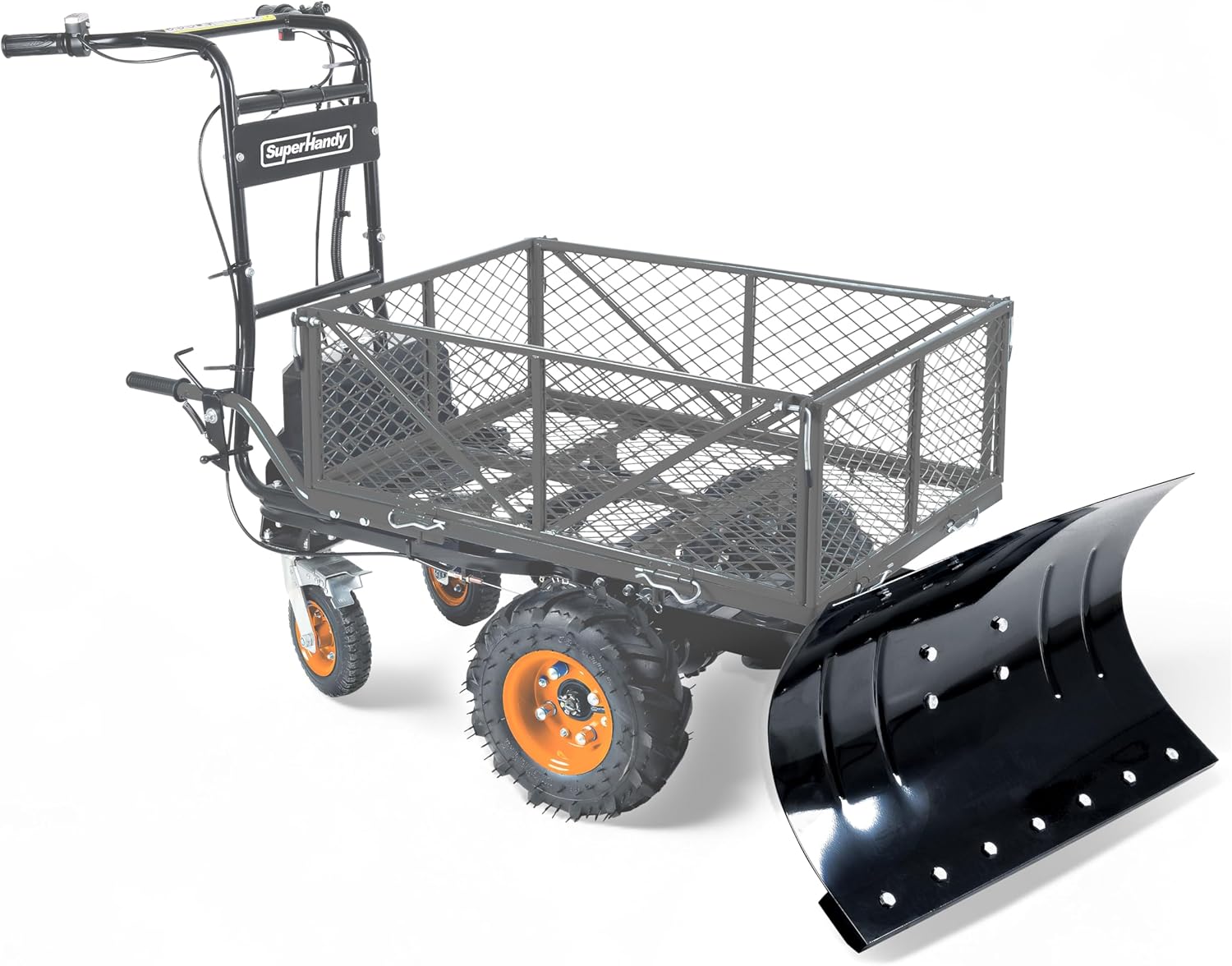
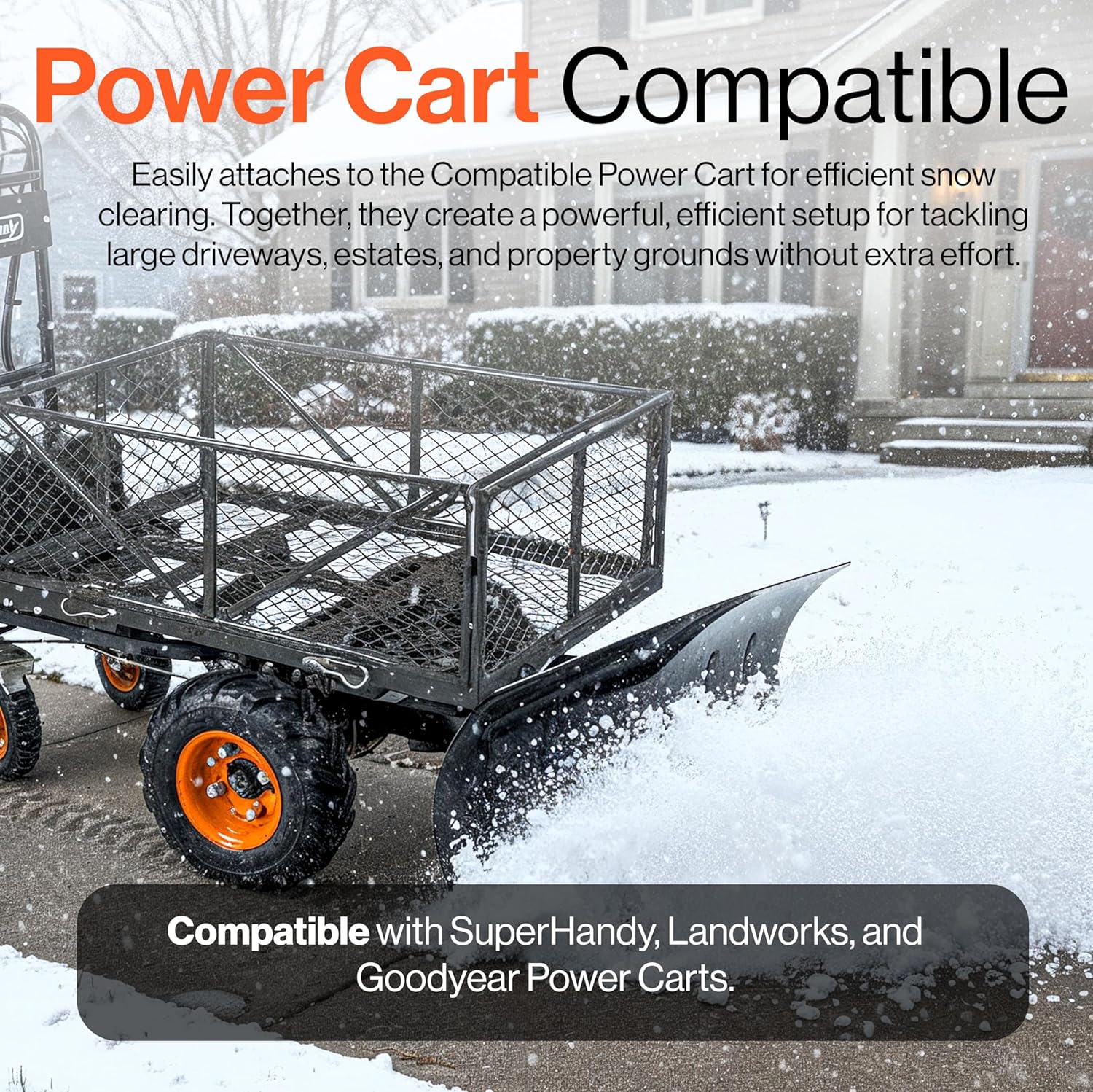
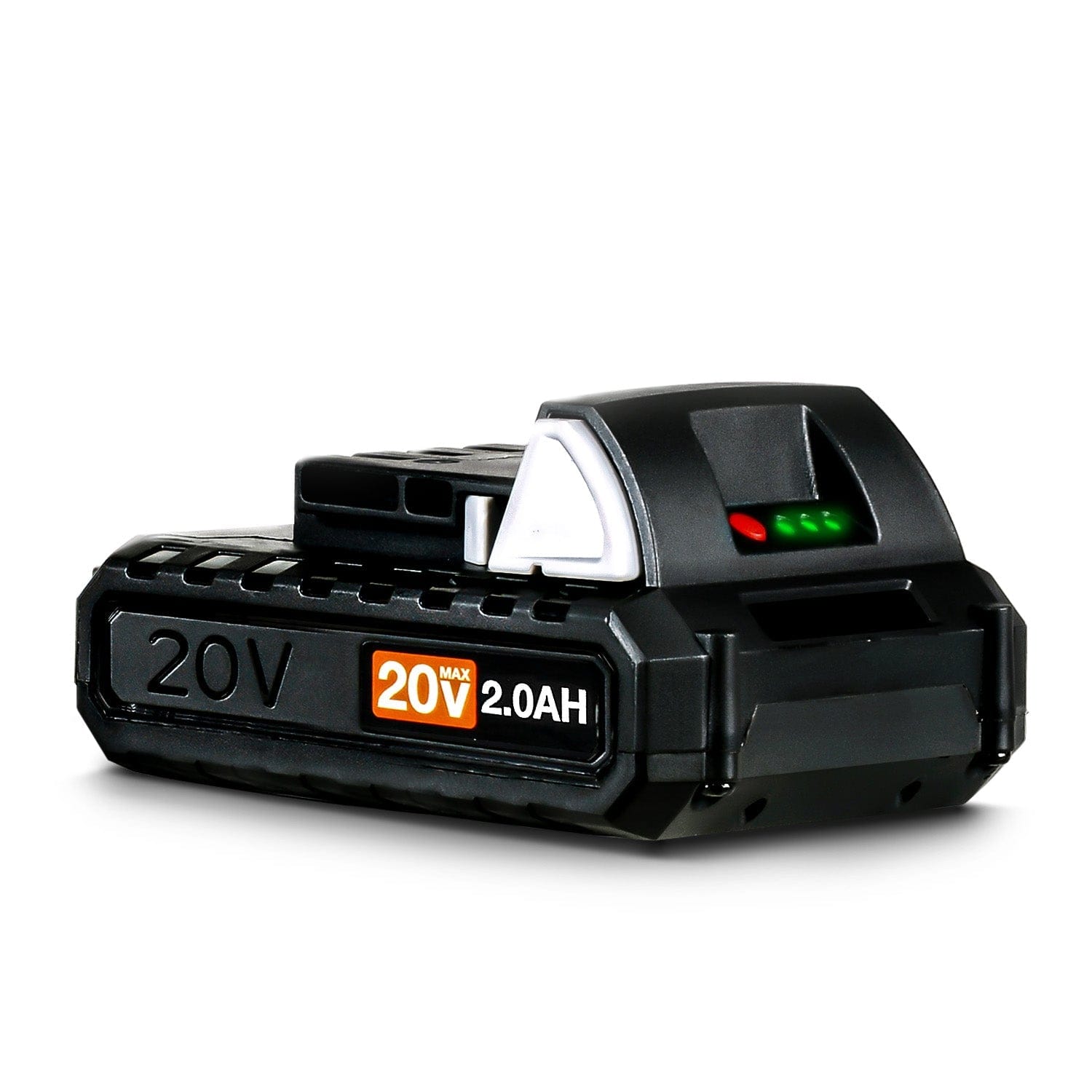
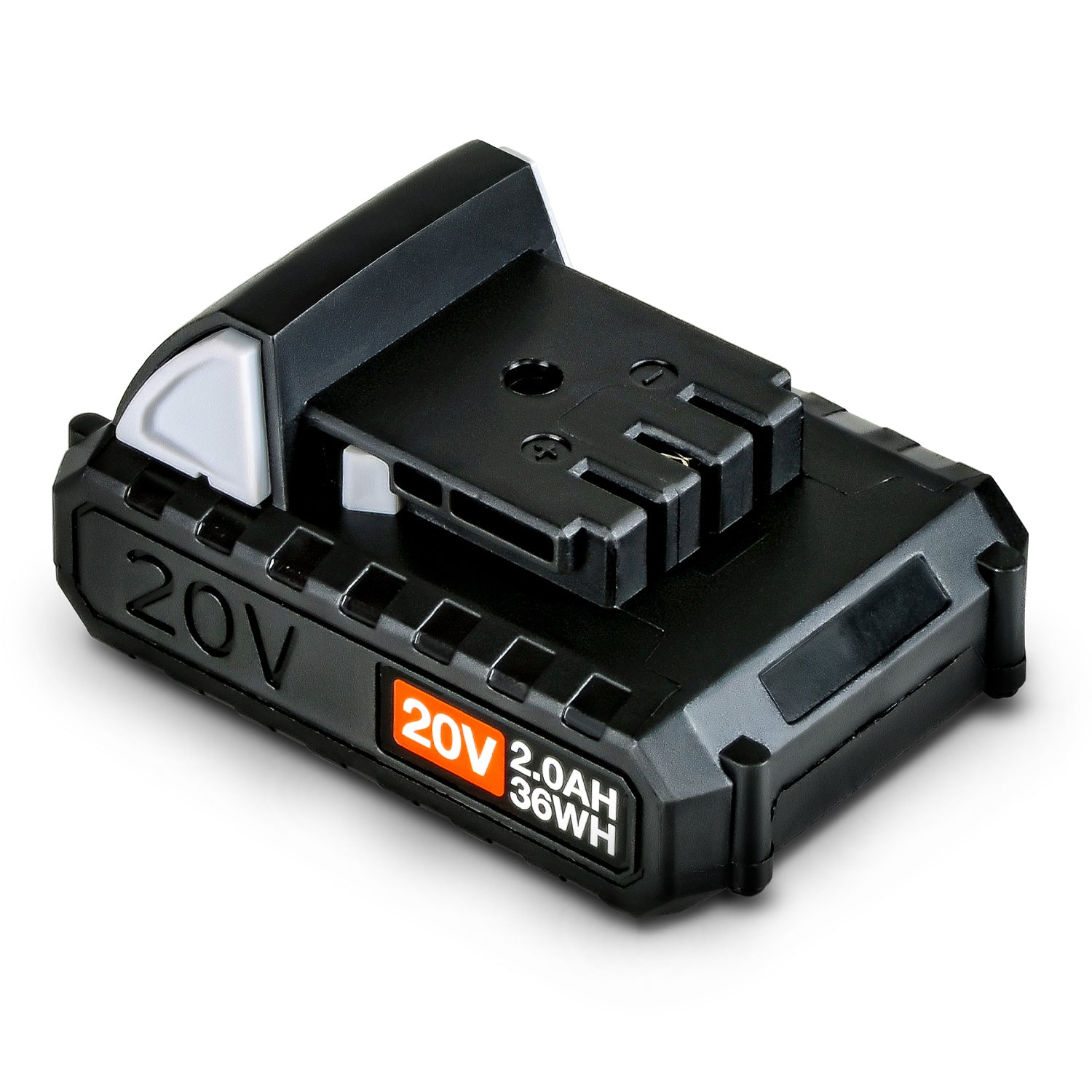
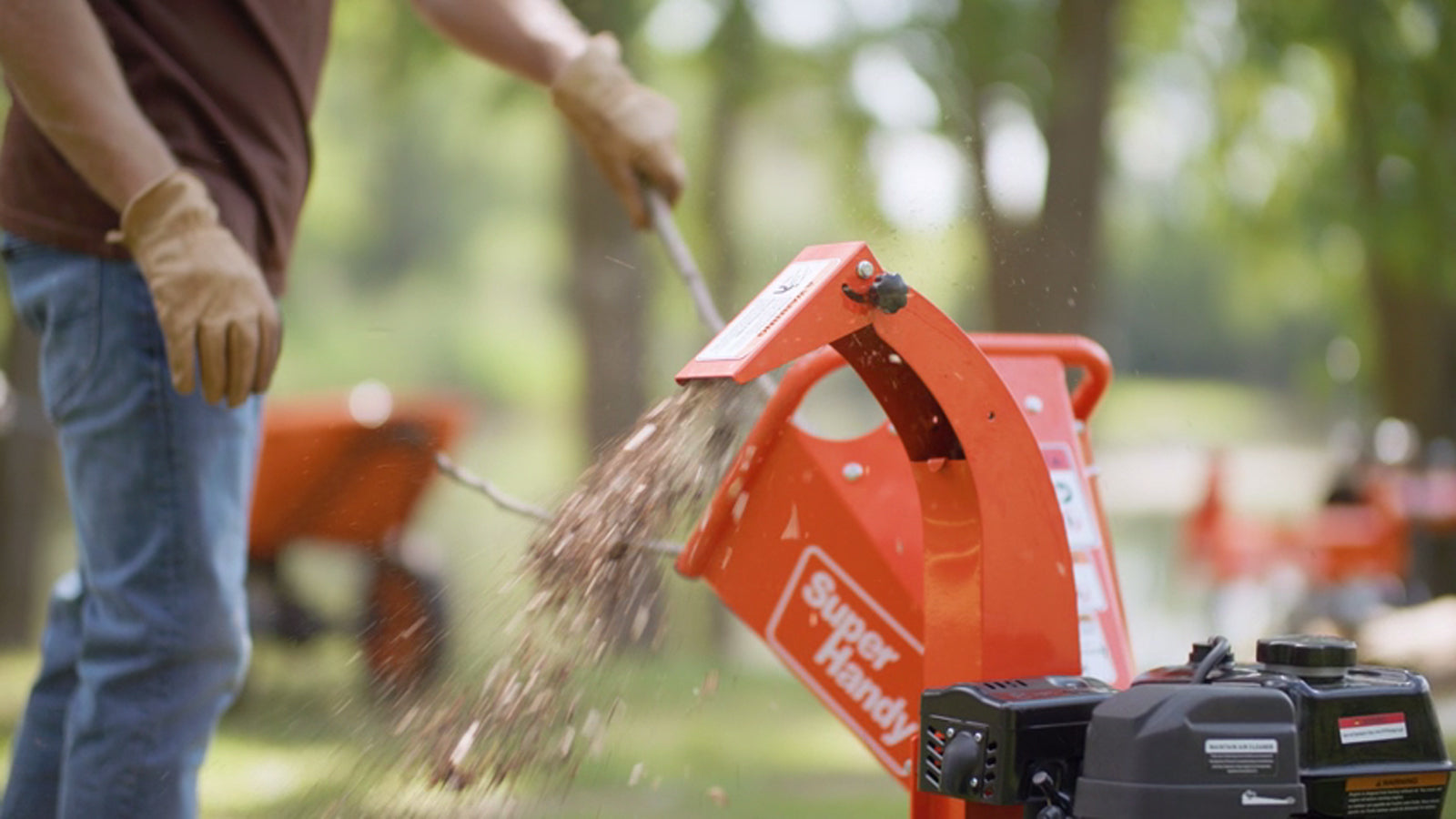
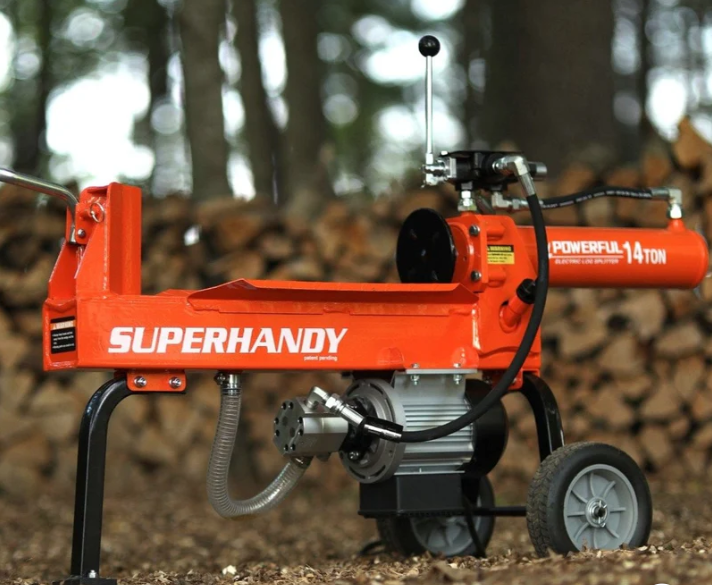
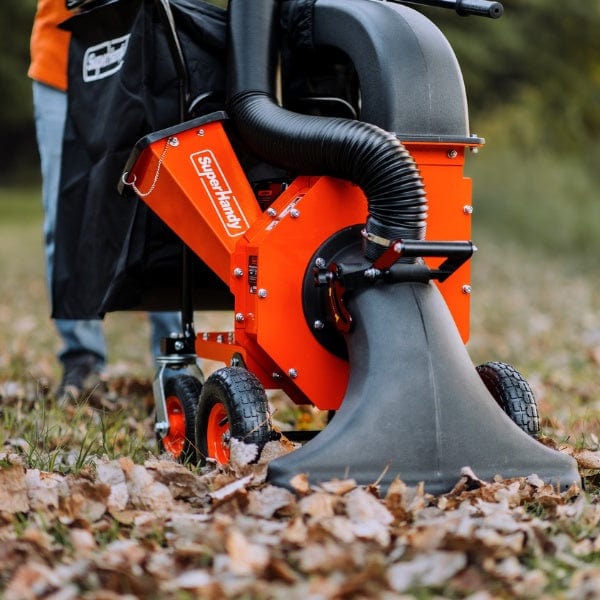
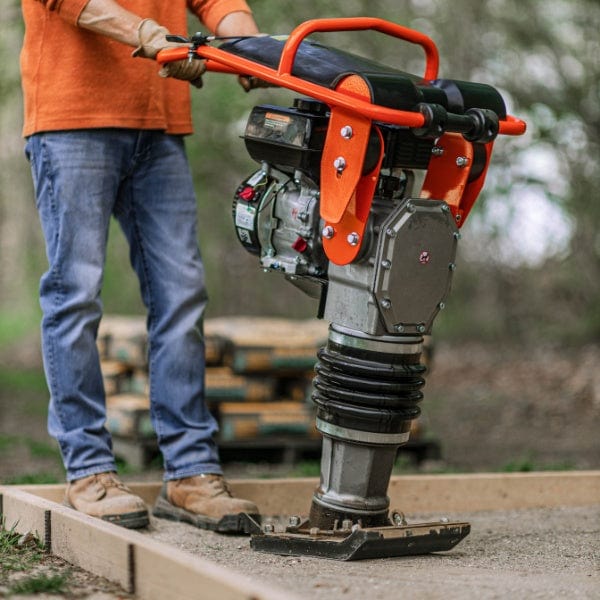

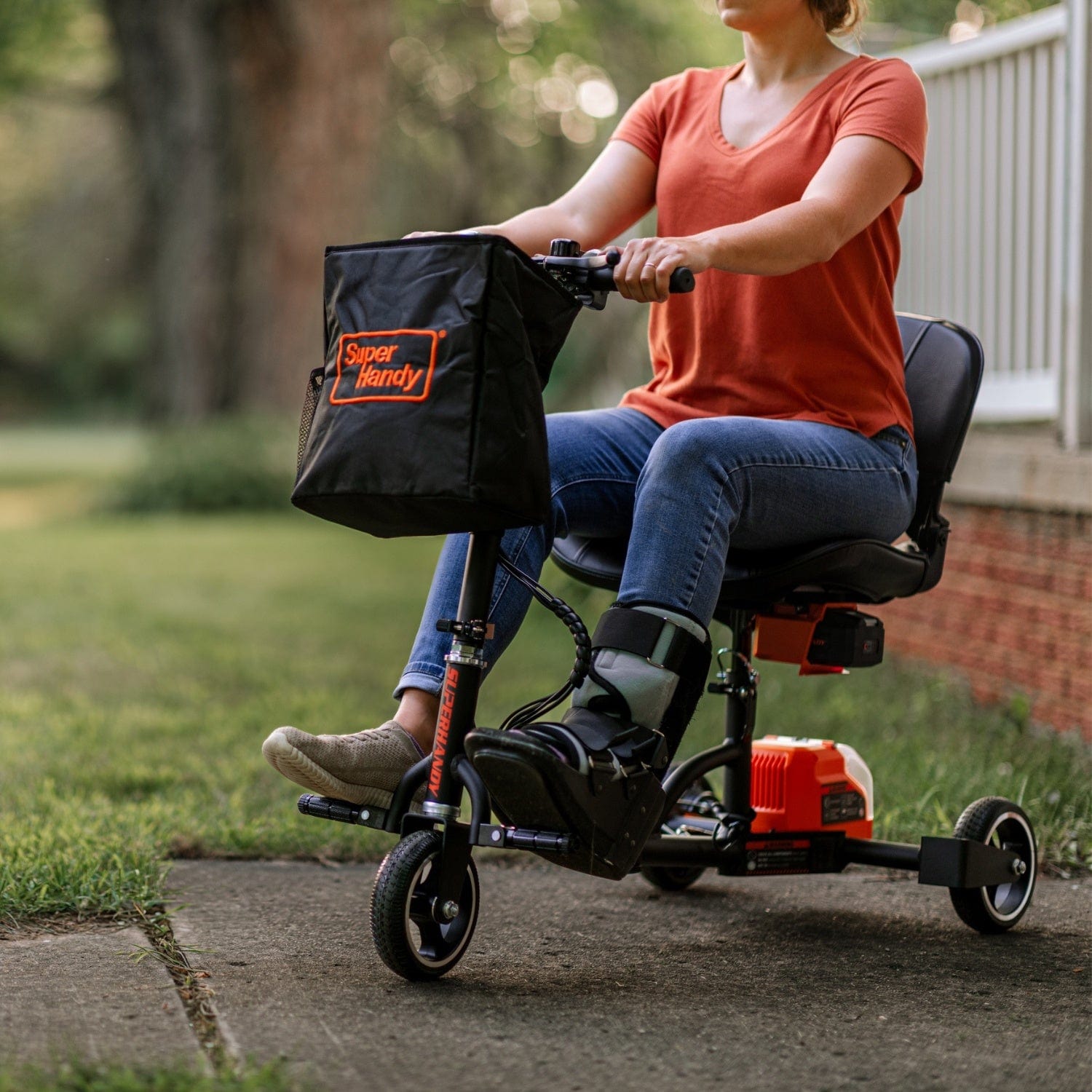
Leave a comment
All comments are moderated before being published.
This site is protected by hCaptcha and the hCaptcha Privacy Policy and Terms of Service apply.